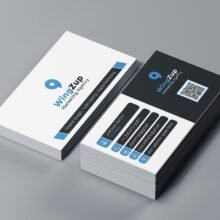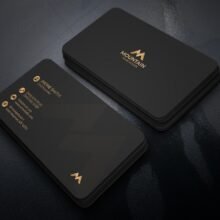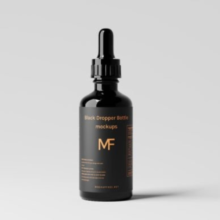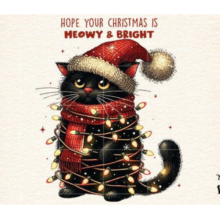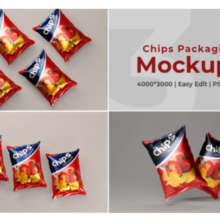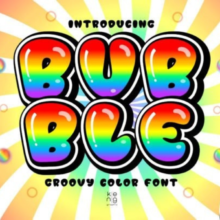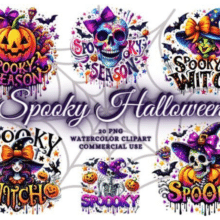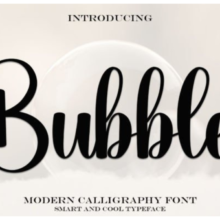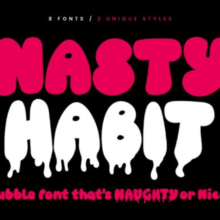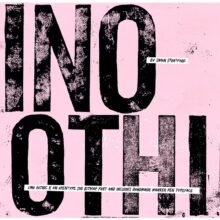The Yellow Business Card: Bold Branding with Bright Impact
In a world of white, black, and grayscale business cards, the yellow business card stands out as a bold, confident, and creative branding choice. Yellow is a color associated with energy, optimism, warmth, and innovation. When used in business card design, it not only draws attention but also tells a story about the individual or brand behind the card. Whether you’re a designer, entrepreneur, or corporate professional, the yellow business card offers an exciting alternative to the ordinary — and can leave a lasting impression long after the first handshake.
The Psychology of Yellow in Branding
Color psychology plays a vital role in marketing and branding, and yellow is one of the most emotionally charged colors. It’s often linked to the following attributes:
-
Optimism and Happiness: Yellow resembles the color of the sun and invokes feelings of joy and hope.
-
Creativity and Innovation: It stimulates mental activity and suggests new ideas and fresh thinking.
-
Confidence and Positivity: Yellow is bold and bright, communicating self-assuredness and enthusiasm.
-
Attention-Grabbing: It is one of the most visible colors, ideal for catching eyes in a crowded space.
Because of these qualities, yellow business cards work exceptionally well for people and businesses that want to portray energy, friendliness, creativity, and uniqueness.
Who Should Use a Yellow Business Card?
Yellow business cards are not for everyone — but for those seeking to stand out, it’s a perfect match. Here are some fields where a yellow card can work especially well:
-
Creative Professionals: Designers, photographers, artists, and illustrators can use yellow to reflect their innovative mindset.
-
Marketing & Advertising: Yellow exudes energy and enthusiasm, great for branding agencies and freelancers.
-
Startups and Entrepreneurs: For new businesses, yellow helps convey a sense of excitement and forward-thinking.
-
Lifestyle Coaches & Motivational Speakers: The optimistic tone of yellow aligns with themes of growth, positivity, and transformation.
-
Child-focused Businesses: Brands related to kids — such as toy companies, tutoring services, or family entertainment — benefit from yellow’s fun and playful vibe.
That said, with careful design, even corporate professionals like lawyers, consultants, or real estate agents can make yellow work in their branding — especially when combined with complementary colors like gray, black, or white.

Design Principles for a Yellow Business Card
Choosing yellow as a dominant color brings opportunities, but also challenges. Without balance and thoughtful layout, it can become overwhelming or hard to read. Here are important design tips:
1. Choose the Right Shade of Yellow
Not all yellows are created equal. Some are soft and pastel; others are bold and intense. The shade you choose should align with your brand identity.
-
Pale Yellow: Friendly, subtle, professional.
-
Bright Lemon Yellow: Energetic, modern, attention-grabbing.
-
Mustard Yellow: Warm, vintage, mature, and earthy.
2. Balance with Neutral Colors
Yellow pairs beautifully with black, white, and gray — these neutral tones can create contrast and improve readability. For example, black text on a yellow background is highly legible and stylish.
3. Use Whitespace Strategically
Because yellow is visually dominant, using ample whitespace helps prevent your design from looking cluttered. A clean, minimal layout ensures the content stands out clearly.
4. Typography Matters
Choose strong, modern fonts to maintain professionalism and visual clarity. Sans-serif fonts in bold weights work especially well on yellow backgrounds. Avoid overly decorative fonts, which can reduce legibility.
5. Print Quality Is Essential
Yellow can look cheap or faded on low-quality prints. Opt for premium printing services, and consider finishes like matte, gloss, or soft-touch to elevate the look.
Creative Yellow Business Card Layout Ideas
Front and Back Contrasts
Use one side with a solid yellow background and black or white text, and the other side in a more subdued tone — perhaps white with yellow accents. This creates visual interest while maintaining clarity.
Yellow Accents Only
Instead of an all-yellow card, use yellow as an accent color — for icons, borders, or highlights. This technique offers a subtler use of the color while still catching the eye.
Shapes and Icons
Add geometric shapes, illustrations, or custom icons in shades of yellow to bring personality and motion into your design. This is particularly effective for creative fields or lifestyle brands.
QR Codes and Interactivity
Include a QR code linking to your website, portfolio, or digital business card. Make the code stand out by placing it within a yellow highlight or badge.

Yellow Business Cards in the Digital Age
Even in the era of virtual networking, physical business cards remain vital. And yellow helps bridge both worlds:
-
Memorability: Yellow sticks in people’s minds better than neutral or standard cards.
-
Branding Consistency: Yellow can match your website, social media banners, and packaging for a consistent brand image.
-
Photogenic for Online Sharing: Yellow cards photograph well — perfect for sharing on Instagram or LinkedIn as a branded visual.
You can also extend the impact of your yellow card by using a digital version for email signatures or profile backgrounds.
More Info: Click Here
Famous Brands That Use Yellow
If you’re still unsure whether yellow is professional enough, consider some of the world’s most iconic brands:
-
McDonald’s: Combines yellow and red for appetite appeal and energy.
-
Snapchat: Bright yellow branding for a youthful, fun image.
-
National Geographic: Uses a yellow border to stand out and symbolize curiosity.
-
Ferrari: Often uses yellow for energy, luxury, and performance.
These examples show that yellow can be fun, elegant, or bold depending on how it’s used — it all comes down to strategic design.
Mistakes to Avoid When Designing a Yellow Business Card
-
Low Contrast Text: Avoid light gray or pale fonts that disappear into yellow.
-
Too Much Yellow: Let your design breathe. Use it strategically instead of covering the entire surface.
-
Inconsistent Branding: Ensure the yellow you choose matches your brand colors across all platforms.
-
Overcomplicating Layout: Simplicity is key when working with a bold color. Let the yellow shine, but don’t overload the card with too much information or imagery.



